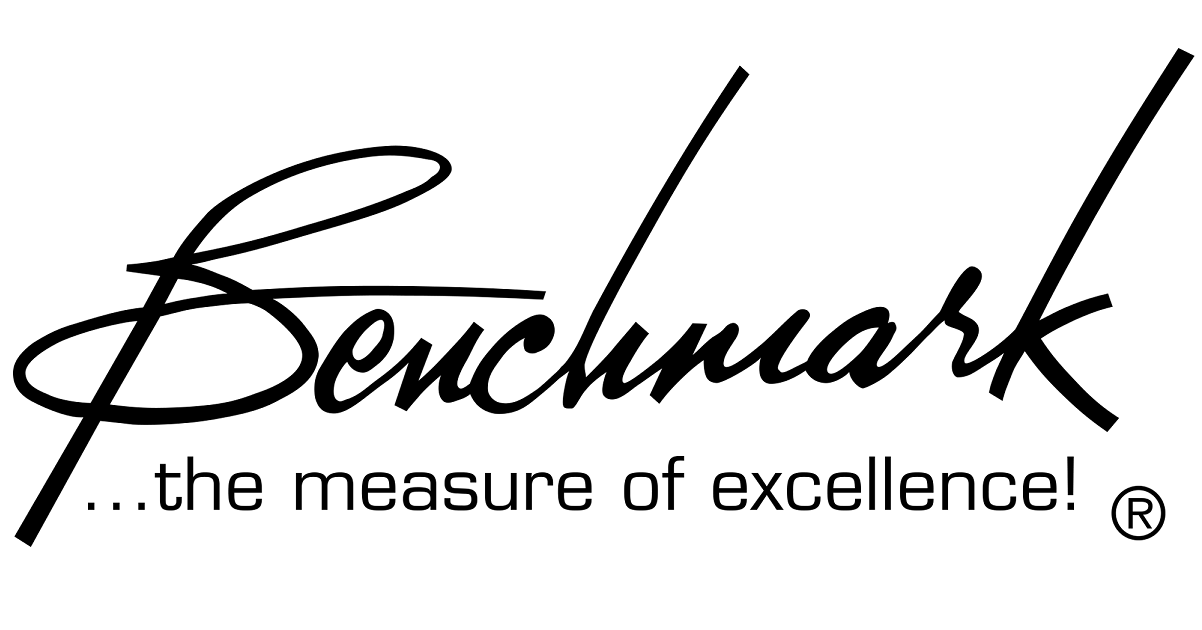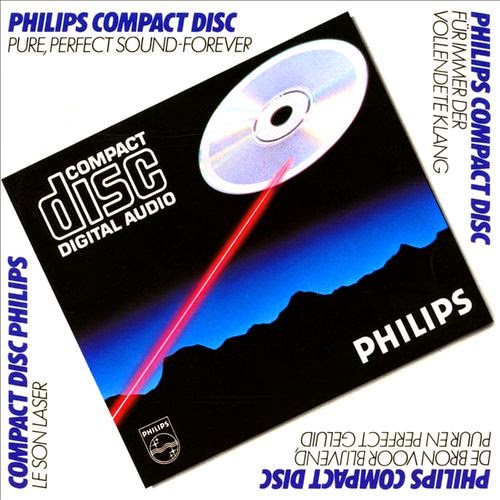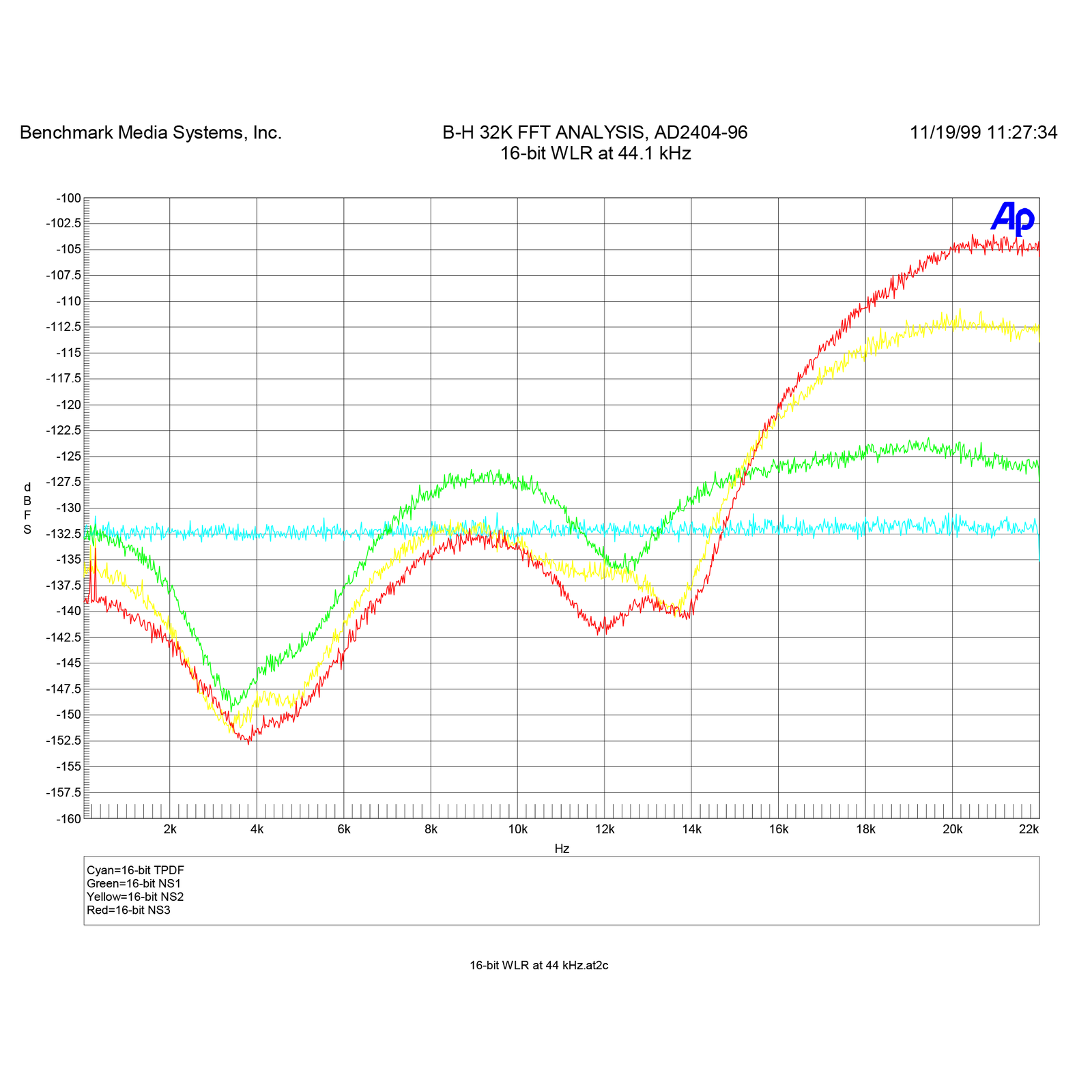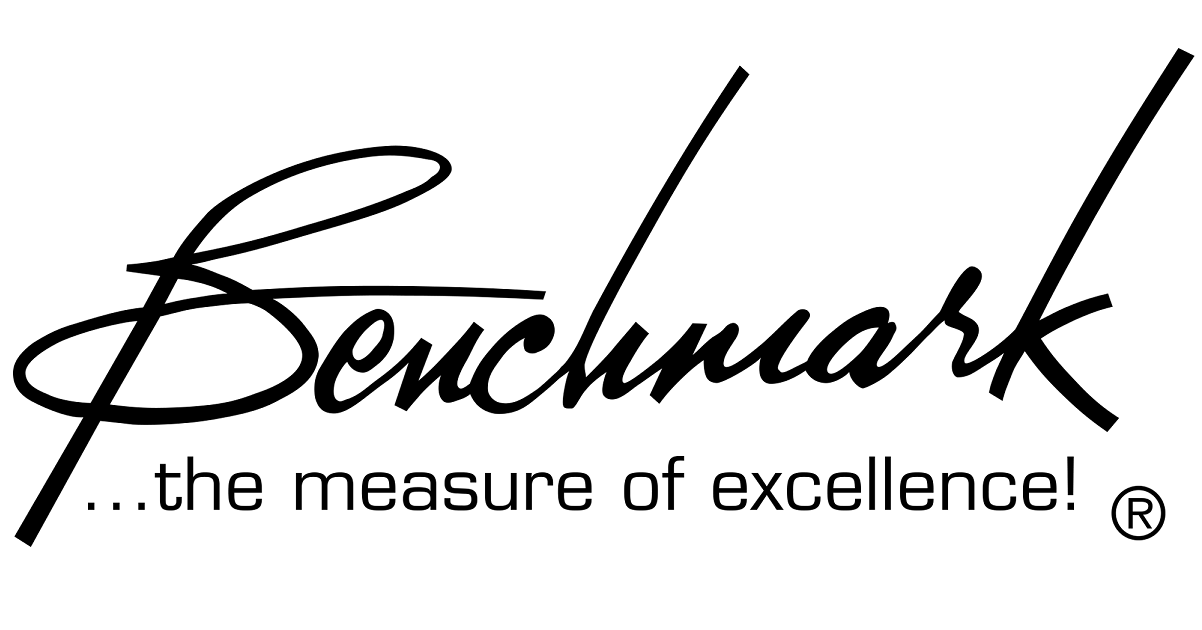Buy one component and save 10% on up to 2 cables. Buy 2 components and get 4 free cables. Free shipping on USA orders over $700.
Buy one component and save 10% on up to 2 cables. Buy 2 components and get 4 free cables. Free shipping on USA orders over $700.
Audio Application Notes
Audio Myths - The Ultimate "Myth Buster" Video - Monty Montgomery, Xiph.Org
by John Siau March 14, 2017
Digital Show & Tell, Monty Montgomery, Xiph.org
Monty Montgomery takes us into the lab and uses a series of simple demonstrations to bust some very common myths about digital audio. Test your knowledge of digital audio. This video is fun to watch and easy to understand! Monty takes some difficult concepts and demonstrates them in a clear and simple manner.
Have doubts about Nyquist? Have a fear of stairsteps? Are you worried about ringing? Ever wonder what digital audio does to the timing of transients? This video is for you!
Myth - "Digital audio has stairsteps."
Myth - "Increased bit depths reduce the stairsteps."
Myth - "Analog tape has more resolution than digital audio."
Myth - "Dither masks quantization noise."
Myth - "Signals lower than one LSB cannot be reproduced."
Myth - "Digital filters make square waves and impulses ring."
Myth - "Digital systems cannot resolve timing between samples."
High-Resolution Audio - Bit Depth
by John Siau February 24, 2015
Bit Depth

We now have 16-bit CDs and 24-bit high-resolution recordings available to us. What are the advantages of a 24-bit word length? Are 24-bit recordings better? How many bits do we really need?
Bit depth (also known as word length) indicates how many bits are used to represent each sample in a digital sampling system. Each sample is a snapshot of a signal or voltage at an instant in time. The CD uses 16 bits to represent the voltage of an audio waveform at each instant in time. Other digital audio systems use different bit depths ranging from 1 to 64 bits. It is important to understand the relationship between bit depth and audio quality. The bit depth sets ...
- John Siau
The Unique Evils of Digital Audio and How to Defeat Them
by John Siau August 25, 2010
Eliminating Digital Artifacts
- Is digital audio fundamentally flawed?
- Have we followed the wrong path since the introduction of the CD in 1982?
- Should we go back to analog audio systems?
- Has anything improved since 1982?
- How good can digital audio get?
To answer these questions, we will look at the root causes of distortion and noise in digital systems. We will examine how these differ from the distortion and noise in analog systems. Most importantly, we will look at the effectiveness of today’s solutions to these digital problems.
Word-Length Reduction of Digital Audio
by John Siau November 19, 1999
Benchmark NN™ and NS™ Word Length Reduction Systems
The AD2404-96 and the SONIC AD2K+ are equipped with two state-of-the-art world-length reduction systems: The Benchmark NN™ (Near Nyquist) system, and the Benchmark NS™ (Noise Shaped) system. Unlike most competitive systems, the Benchmark NS™ system is based upon the most current psycho-acoustic models. Furthermore, both Benchmark systems are unique in that they were optimized while factoring in the noise contribution of the recording environment.
Aspects of Sampling, Oversampling, Quantisation, Dither and Noise-Shaping, as Applied to Digital Audio
by Benchmark Media Systems November 30, 1994
By Christopher Hicks
"The aim of this article is to dispel as many of the myths surrounding the conversion of audio signals to the digital domain, and back to the analogue domain, as possible, without the aid of mathematics and (much more difficult) without the aid of diagrams."
Copyright, Christopher Hicks, November 1994. V1.11






